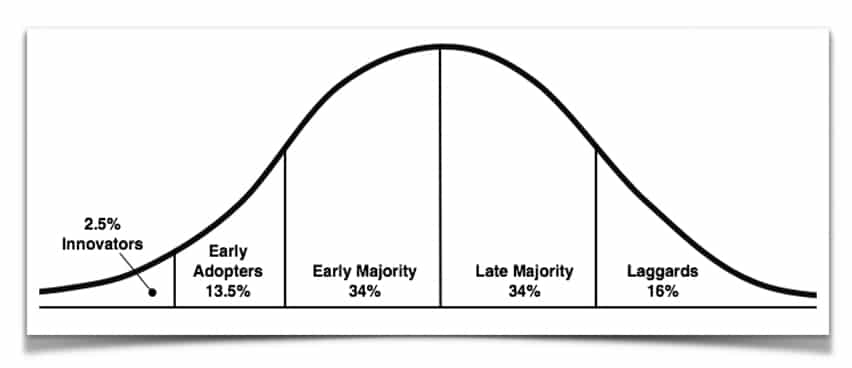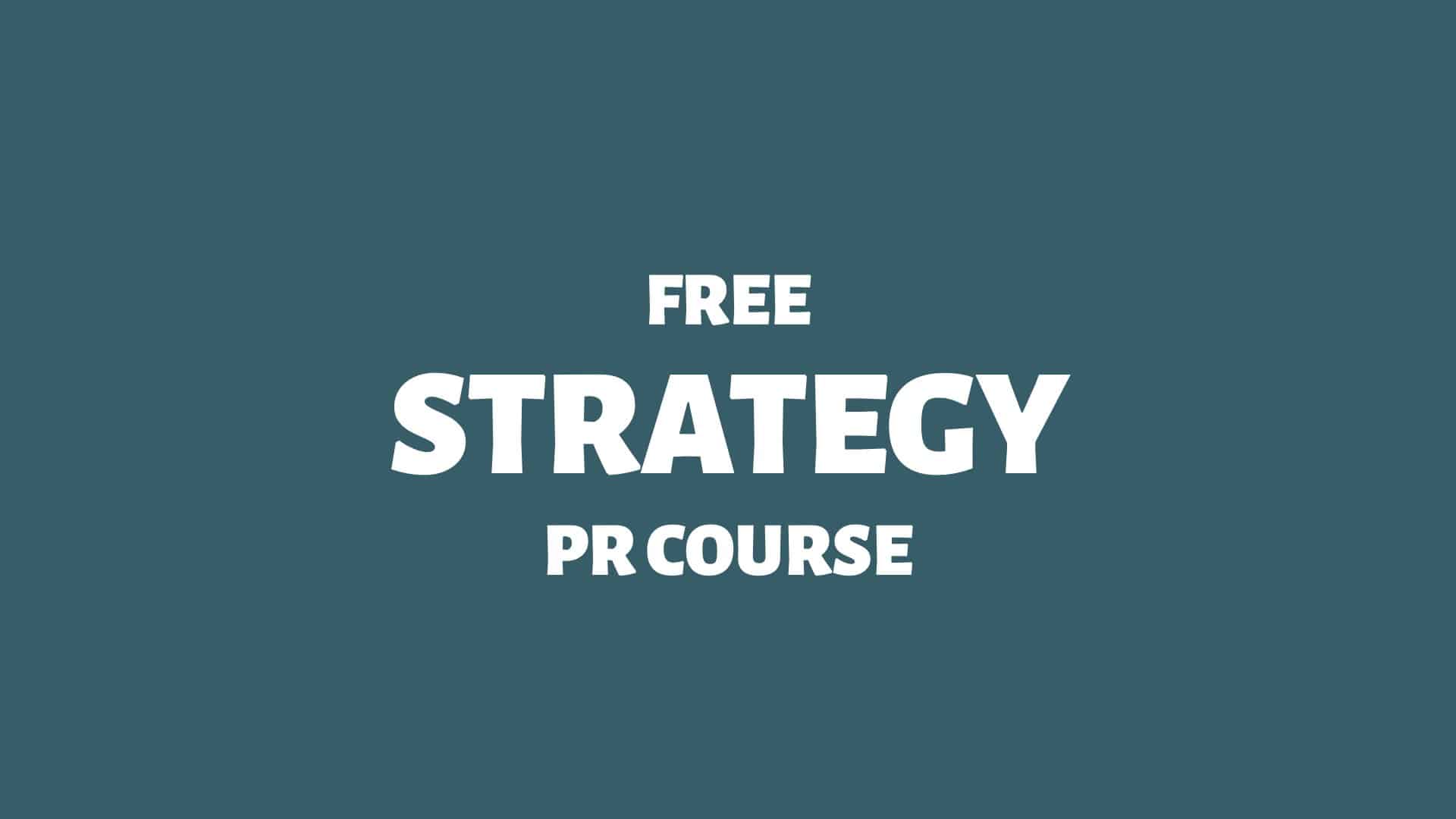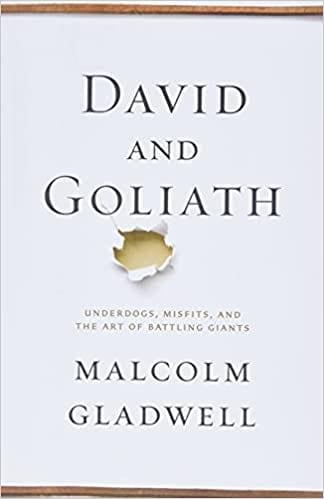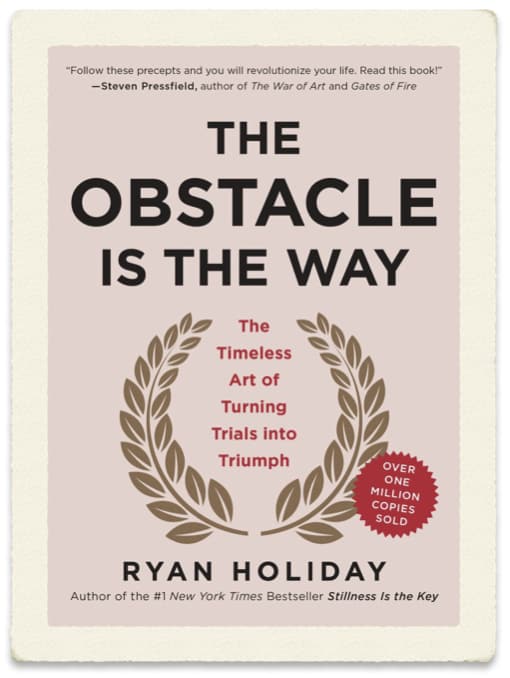Have you identified your stupid majority yet?
The story of the prevailing underdog seems to be as old as humanity itself. The underdog strategy is also impactful in public relations (PR).
As a PR advisor since 2005, I’ve helped many brands side with a Smart Minority in the fight against a Stupid Majority — often with spectacular results.
This blog article will outline how this underdog PR strategy works.
Here we go:
The Stupid Majority PR Strategy
From what the conversion theory teaches us, minorities tend to hold their opinions more firmly. This is reasonable since going against the majority comes at a higher social cost. 1Silfwer, J. (2017, June 13). Conversion Theory — Disproportionate Minority Influence. Doctor Spin | The PR Blog. https://doctorspin.net/conversion-theory/
But some minorities have an additional advantage:
Smart minority = a minority of today that will grow into a new majority of tomorrow.
In contrast, some majorities have an additional disadvantage:
Stupid majority = a majority of today that will steadily decline into a minority of tomorrow.
Identifying a stupid majority (and siding with a smart minority) will clarify your core message and attract highly engaged minority supporters.
Examples of Stupid Majorities
Stupid majorities are to be found everywhere:
Now, here’s the 1,000,000 EUR question:
What’s a stupid majority in your industry?
Challenging a Stupid Majority
Stupid majorities exist in your industry, too.
And now that you know what to look for, you’ll soon start finding them everywhere.
The stupid majority PR strategy could result in the most profound results of your public relations career:
Read also: The Stupid Majority PR Strategy
The Conversion Theory
The social psychologist Serge Moscovici found that we become more engaged if we belong to a misrepresented minority.
The disproportional power of minorities is known as the conversion theory. 2Conversion theory of minority influence. (2021, February 12). In Wikipedia. https://en.wikipedia.org/wiki/Conversion_theory_of_minority_influence
“In groups, the minority can have a disproportionate effect, converting many ‘majority’ members to their own cause. This is because many majority group members are not strong believers in its cause. They may be simply going along because it seems easier or that there is no real alternative. They may also have become disillusioned with the group purpose, process, or leadership and are seeking a viable alternative.”
Source: Changingminds.org 3Conversion Theory. (2023). Changingminds.org. https://changingminds.org/explanations/theories/conversion_theory.htm
How does it work?
The social cost of holding a different view than the majority is high. This increased cost explains why minorities often hold their opinions more firmly. It takes determination to go against the norm. 4Moscovici, S. (1980). Toward a theory of conversion behaviour. In L. Berkowitz (Ed.), Advances in Experimental Social Psychology, 13, 209 – 239. New York: Academic Press
In contrast, many majority members don’t hold their opinions so firmly. They might belong to the majority for no other reason than that everyone else seems to be. 5Chryssochoou, X. and Volpato, C. (2004). Social Influence and the Power of Minorities: An Analysis of the Communist Manifesto, Social Justice Research, 17, 4, 357 – 388
According to conversion theory, while majorities often claim normative social influence, minorities strive for ethical high ground.
Conversion Theory Examples
Given the power of normative social influence, minorities typically form tight-knit groups that can gather around a core message.
Most big shifts usually start with a small group of dedicated people:
Minority Influence: A PR Approach
Organisations with CSR aspirations can cultivate a sense of purpose and accomplishment among participants by aligning with a movement that challenges a stupid majority.
Since we tend to favour underdogs, liaising with a carefully selected minority can be a game-changing PR strategy.
Minority spokespersons with solid convictions often possess valuable knowledge and authority, enhancing their persuasive abilities and influence.
Disproportionately, minorities can convert numerous majority members to their cause, as many in the majority may have merely followed the path of least resistance, made decisions without much consideration, or lacked viable alternatives.
Additionally, a significant segment of the majority might be disillusioned with their group’s purpose, process, or leadership, rendering them more receptive to alternative proposals.
Proceed With Caution, Please
As PR professionals, we must be cautious when implementing the conversion theory.
Minorities aren’t always right, and majorities aren’t always wrong. Minorities can hold futile views while still exercising a disproportionate amount of power.
Learn more: Conversion Theory: The Disproportionate Influence of Minorities
Diffusion of Innovations
The diffusion of innovations theory, proposed by Everett Rogers in 1962, remains a framework for understanding how new ideas, technologies, products, or practices spread through societies over time. 6Rogers, E. M. (2003). Diffusion of Innovations (5th ed.). Free Press.

The diffusion of innovations theory outlines the process by which innovations are adopted by individuals and groups, emphasising the role of communication channels, social networks, and the characteristics of the innovation itself.
The diffusion of innovations theory offers insights into how new ideas and technologies influence societies. Understanding these dynamics can inform public relations strategies across diverse contexts.
“Diffusion research has helped understand new product adoption and diffusion, with network analysis and field experiments being promising tools in understanding the consumption of new products.”
Source: Journal of Consumer Research 7Rogers, E. (1976). New Product Adoption and Diffusion. Journal of Consumer Research, 2, 290 – 301. https://doi.org/10.1086/208642
Examples of Technological Adoptions
By examining real-life examples, we can better comprehend the principles of this theory and its applications in various fields:
Learn more: Diffusion of Innovations
The Underdog Story: David and Goliath
We know the story:
The story of David and Goliath, originating from the biblical Book of 1 Samuel 17, unfolds in ancient Israel during a war between the Israelites and their long-standing adversaries, the Philistines. The Philistine army, seeking to dominate the Israelites, had set up camp in the valley of Elah, where they positioned themselves on one hill.
At the same time, King Saul and the Israelite forces occupied another. Between them lay an open battlefield. To break the stalemate, the Philistines put forward their ultimate weapon: Goliath of Gath, a towering warrior, described as over nine feet tall (based on some biblical translations), clad in bronze armor, wielding an enormous spear with an iron tip and a massive sword.
Goliath, brimming with arrogance and disdain for the Israelites, issued a challenge — rather than a full-scale battle, the conflict would be settled by single combat: an Israelite champion would face him in a duel, and the fate of both nations would rest on the outcome. For forty days, Goliath strode onto the battlefield, mocking the Israelites and their God, daring any man to challenge him. But Saul’s warriors, paralysed by fear, saw no hope against such an indomitable force.
Enter David, the youngest son of Jesse, a mere shepherd boy from Bethlehem who had been sent to the battlefield to deliver food to his older brothers serving in Saul’s army. Unlike the soldiers, David did not see Goliath’s size as an insurmountable threat but as an affront to Israel and God. He volunteered to fight, much to the astonishment of Saul and his men.
Though initially dismissed due to his youth and inexperience, David convinced Saul by recounting how, as a shepherd, he had slain both lions and bears to protect his flock. Rejecting the heavy armor offered to him, David took his simple sling and five smooth stones from a nearby stream. Facing Goliath, David remained undaunted by the giant’s taunts, declaring that he fought not with weapons but in the name of the Lord. With a single, perfectly aimed stone, David struck Goliath in the forehead, causing the mighty warrior to crash face-first to the ground.
Swiftly, David seized Goliath’s sword and beheaded him, sealing victory for Israel. Upon witnessing their champion’s defeat, the Philistines fled in terror, while David’s triumph marked the beginning of his rise to prominence, eventually leading him to become King of Israel.
Underdogs, Misfits, and Giants
The tale of David and Goliath has become a universal metaphor for the underdog overcoming impossible odds through courage, faith, and skill.
In David and Goliath: Underdogs, Misfits and the Art of Battling Giants, Malcolm Gladwell outlines the dynamic between mapping your and your opponent’s strengths and weaknesses. He goes on to suggest that underdogs have significant advantages:
Instead of fighting Goliath on his terms (strength and power), David used his advantages (speed and accuracy). One could argue that David’s disadvantages (being more negligible and less experienced) forced him to outsmart his opponent.
If David had been an experienced warrior with the physical size to match Goliath’s prowess, David would probably have decided to fight him on equal terms, right?
The Obstacle is the Way
The legend of David and Goliath endures as we find comfort in knowing that the strongest doesn’t always win. The underdog approach isn’t just helpful in fighting; it has a proven track record of being highly useful in public relations.
In The Obstacle Is the Way: The Timeless Art of Turning Trials into Triumph, Ryan Holiday describes how choosing the path of the most resistance maximises our growth as both individuals and organisations:
Having the odds stacked against you might not be as bad as it seems at first glance. If nothing else, it’s the start of a great story.
Play To Strength, Exploit Weakness
Yes, David exploits Goliath’s weaknesses (not being fast or accurate enough to beat David from a distance). However, David still chooses to fight Goliath on “his” grounds — to steal away “his” audience. It’s safe to say that only a minority thought that David would beat Goliath before the actual fight.
From a PR perspective, David could emerge from nowhere and beat the market leader by exploiting an interesting social phenomenon: the majority is sometimes just wrong.
Stupid, even.
The fact that a staggering majority of bystanders — including one confident Goliath — never expected David to stand a chance gave him the upper hand.
We celebrate that David chose a better weapon when we should instead celebrate his successful manipulation of the stupid majority; from nowhere, David inserted himself into the top spot in just one bold move.
In the fight against Goliath, we admire David not only for his wits but also for his guts. After all, David did bring a slingshot to a sword fight.
The Classic Underdog Story
Leveraging an underdog public relations strategy to beat a majority leader is not about bringing better weapons; it’s about having guts and taking on a majority that is stupid, incompetent, dead wrong — and more powerful than you.
Some majorities of today are destined to be gone tomorrow.
The more significant and dominant the majority, the more likely it is to consist of a substantial silent majority who are just along for the ride, mainly because everyone else seems to be.
Seeing a minority defeat a majority makes for good entertainment — when the majority is also stupid. From a PR perspective, the big bad is about to beat the underdog against all the odds.
Now that’s a great story, just begging to be told!
Learn more: The Underdog Story: David and Goliath

THANKS FOR READING.
Need PR help? Hire me here.

What should you study next?
Spin Academy | Online PR Courses

Spin’s PR School: Free Strategy PR Course
Unlock the power of strategic public relations with this free Strategy PR Course. Elevate your skills and boost your career today.
Public Relations Strategy 101
Public Relations Strategies
Grey-Hat PR Strategies
Learn more: All Free PR Courses
💡 Subscribe and get a free ebook on how to get better PR.

Annotations
| 1 | Silfwer, J. (2017, June 13). Conversion Theory — Disproportionate Minority Influence. Doctor Spin | The PR Blog. https://doctorspin.net/conversion-theory/ |
|---|---|
| 2 | Conversion theory of minority influence. (2021, February 12). In Wikipedia. https://en.wikipedia.org/wiki/Conversion_theory_of_minority_influence |
| 3 | Conversion Theory. (2023). Changingminds.org. https://changingminds.org/explanations/theories/conversion_theory.htm |
| 4 | Moscovici, S. (1980). Toward a theory of conversion behaviour. In L. Berkowitz (Ed.), Advances in Experimental Social Psychology, 13, 209 – 239. New York: Academic Press |
| 5 | Chryssochoou, X. and Volpato, C. (2004). Social Influence and the Power of Minorities: An Analysis of the Communist Manifesto, Social Justice Research, 17, 4, 357 – 388 |
| 6 | Rogers, E. M. (2003). Diffusion of Innovations (5th ed.). Free Press. |
| 7 | Rogers, E. (1976). New Product Adoption and Diffusion. Journal of Consumer Research, 2, 290 – 301. https://doi.org/10.1086/208642 |




